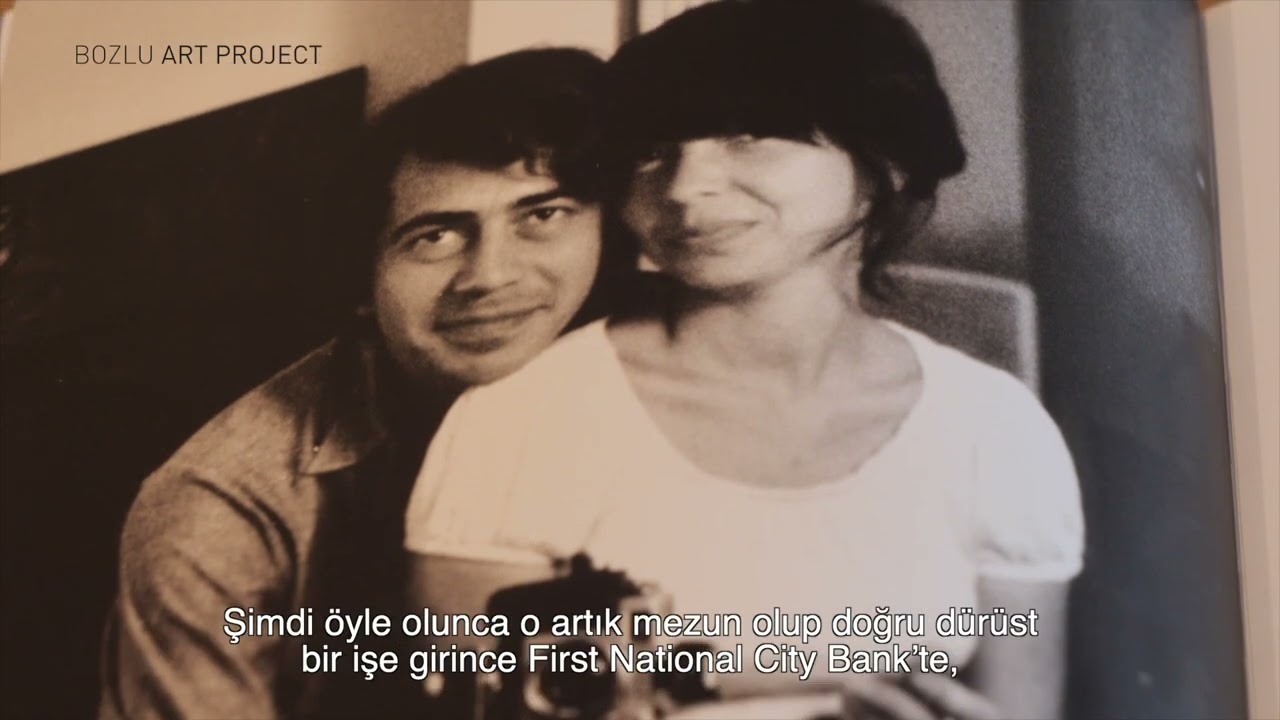Kitap Sanatı
Kitap Sanatı Can Göknil Resimli Yazmalar adını verdiğim sergi projemi hazırlarken Levni’nin Surname-i Vehbi’sine çok sık baktım.III. Ahmed’in dört şehzadesinin s
Oniki Hayvan Takvimi
Oniki Hayvan Takvimi Can Göknil Bir Kırgız efsanesine göre hayvanlar günü görmek için toplanacaklarmış.Deve uzun boylu olduğu için kendine çok güveniyormuş.Böylelik
KADER TABLETLERİ
MÖ 1700’lerin Mezopotamya efsanelerine göre, tanrılar insanların kaderlerini tabletlere yazıp bulutlara asarlarmış. Böylece insanların başına gelecekler önceden bilin
KORUYUCU İLAHLAR,UMAY TANRIÇALAR
KORUYUCU İLAHLAR,UMAY TANRIÇALAR (Tuval ve ahşap üzerine akrilik boya,kurşun,1996) İlkel toplumlarda bilgelik yerini düş gücüne bırakıyor.Doğal olgular basit biçimde,
Irk Bitig
Türkler tarih boyunca fala meraklıydılar. Fal hakkında genelde iyimser bir görüşleri vardı. Ortaasya’da şamanist inançlar doğrultusunda barış, savaş, av, yolculuk,
Çocuk Kitaplarında Görsellik
Can Göknil GENEL… Ressam olduğum için kırk yılı aşkın bir süredir resimli çocuk kitapları yapıyorum, kendi yazdıklarımı resimliyorum. En içten duygularımla,
Do Birds Perch on Goddesses’ Crowns?
Güven Turan Every Can Göknil exhibition is itself a work of art in its own right. That’s because each of her exhibitions develops organically within the context of a single, ov
Tanrıçaların Taçlarına Kuşlar mı Konar…
Güven Turan: Tanrıçaların Taçlarına Kuşlar mı Konar… Can Göknil’in sergileri başlı başına bir yapıttır…Her bir sergi,bir izlek çerçevesinde gelişip
Creation Myths from Central Asia to Anatolia
Images from the Creation Myths of the Turks This text is from the catalogue published by Yapı Kredi Art Galleries for Can Göknil exhibitions in Istanbul, Izmir and Adana in 1997.









